What Is Anime and Why It Is Popular Among Teens
The Japanese animation style known as "anime" has captured the imagination of people worldwide. "Anime" is the Japanese word for animation. It is commonly used to refer to Japanese animated television episodes, films, and videos. Colorful, detailed animation, intricate plots, and a wide variety of themes are trademarks of the anime genre.

If you are wondering," is anime a cartoon," let us tell you it is. Anime has its distinct visual style, which includes detailed backgrounds and settings, as well as characters with wide eyes and expressive faces. Anime's stories and characters can be directed at anybody, from kids to adults, and they can explore various topics.
What Is an Anime
Let us define anime for you. While "anime" refers to animated content from Japan, it technically refers to any animation regardless of origin. However, it is most commonly associated with animation from Japan. It is typically used to refer to animation created in Japanese animation. Their bright colors and intricate animation represent many genres, including action, adventure, fantasy, science fiction, and romance.
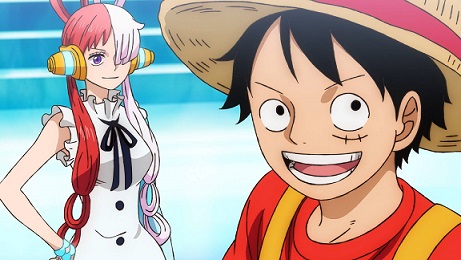
Anime originated in the early 20th century when Japanese animation emerged as a distinct art form. The first anime series was produced in 1917. Since then, anime has become a major cultural export of Japan, with a large and dedicated fan base worldwide. Today, anime is produced and distributed in Japan and other countries like South Korea, China, and America.
Cartoons in the anime style can be made for any age group, from kids to adults, and can deal with any number of topics. Naruto, Dragon Ball, One Piece, Attack on Titan, Naruto Shippuden, My Hero Academia, and One Punch Man are all examples of well-known anime series.
Anime Vs Cartoon
Anime and cartoons are two different types of animation. However, plenty of cartoon anime style exists.
Anime is a term for animation originating from Japan. It is known for its distinct style, which often includes detailed backgrounds, expressive characters, and fantastical or futuristic settings. Anime can target various audiences, ranging from children's programming to mature content.
Cartoon, on the other hand, is a general term used to describe animation in any country. Cartoons can be made in various styles and aimed at different audiences. Cartoon animation is commonly used to create shows for children. Still, we can also use it to create adult-oriented content. So, you don't need to wonder whether cartoons and anime are the same.
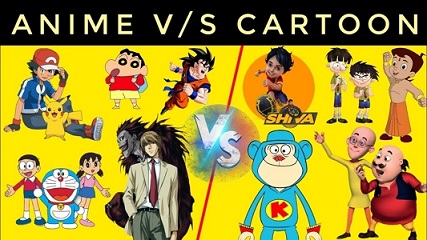
In general terms, anime definition is more often associated with Japanese animation, and "cartoon" is a more general term for animation. Anime's global success may be attributed to many factors, including the genres it covers, the characters it features, the depth of its plots, and the ease with which they can be identified. Animation in this style is typically bright and detailed, with characters having big, expressive eyes and faces and various environments being depicted.
Why Is Cartoon Anime So Popular?
With such a global following, it's no surprise that many popular anime cartoons have been translated into other languages and shown on television and streaming services in nations all over the world. Anime has also greatly affected global entertainment, fashion, and pop culture, making it a critical cultural export for Japan.
Anime's Global Success Can Be Attributed to Many Factors
Anime's distinct visual style is recognized by its detailed backgrounds and locations, commonly paired with wide eyes and dynamic characters. This aesthetic has the potential to be incredibly eye-catching, which could result in a large audience.
Action, adventure, romance, and comedy are just some categories found in anime, making it accessible to a large audience. This variety of styles allows for a large pool of potential listeners.
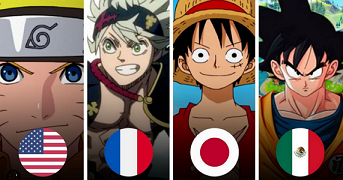
Characters in many cartoons as anime are multifaceted and easy to relate to for a wide audience. These characters frequently exhibit feelings, experiences, and obstacles with which readers and viewers may identify.
They have all profoundly influenced entertainment, fashion, and pop culture. Anime's global success can be partly attributed to this cultural phenomenon.
With the proliferation of these services, anime in Japanese is now available to a wider audience than ever before. Members of the anime fandom actively participate in these spaces, contributing their opinions, reviews, and fan art to foster a sense of shared interest and understanding.
People often ask whether an anime has to be made in Japan. The answer to that is an absolute yes. Anime refers to cartoons made keeping Japanese ethnicity in mind.
What Attracts People to Watch Anime?
Anime has much going for it that might make it appealing to kids. Here are some of the most important ones:
- Numerous anime cartoons contain fascinating action and adventure plots that can win over young viewers. Children may find the genre's emphasis on action and fighting particularly appealing.
- Storylines that are too complicated for children may still be too complicated for adults. They have the potential to hold children's attention with engaging plot twists and well-developed characters.
- Characters that kids can relate to are a big part of making anime popular. Characters often display feelings, experiences, and challenges that kids can identify.
Elements of the fantastic and the scientific are common in anime cartoons and might pique a child's interest. Children may be captivated by the stories of anime cartoon characters because they are set in fantastical worlds populated by fantastical creatures and advanced technology.
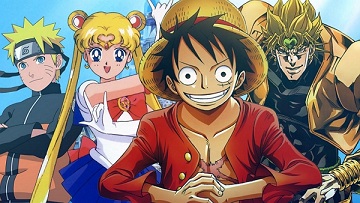
Some anime shows also have educational value by introducing kids to new ideas and concepts in history, geography, and science.
Benefits of Watching Anime
In terms of entertainment, anime offers various genres and stories that may be entertaining and thought-provoking.
- Exposure to new ideas and cultures: watching anime can help broaden one's horizons by introducing them to Japanese pop culture, history, and customs.
- Learning a new language doesn't have to be boring; watching anime with English subs is a great way to do that.
- Anime is known for having intricate plots and characters that are easy to identify. Emotional maturity and empathy may benefit from this.
- Some anime series also offer educational value by introducing viewers to new ideas and concepts from various fields of study, including but not limited to history, science, and cultural studies.
- Many anime series offer intricate plots, fantastical settings, and memorable characters that can stimulate viewers' imaginations and encourage them to pursue their passions in life.
- Anime can be a great way to hone your problem-solving skills because it frequently shows protagonists and antagonists who face challenging situations and find creative solutions.
Potential Dangers of Watching Anime
While anime has gained immense popularity worldwide, it is important to acknowledge the potential downsides, including addiction, social isolation, and unrealistic expectations.
Addiction: Like any other form of entertainment, watching anime can become addictive and lead to a lack of focus on other important areas of life, such as work, education, and relationships.
Time Consumption: Watching anime can be time-consuming, leading to a lack of productivity and can be detrimental to time management.
Social isolation: Binge-watching anime alone for long periods can lead to social isolation and a lack of social interaction with others.
Inappropriate content: Some anime shows may contain mature or inappropriate content that may not be suitable for certain age groups.
Unrealistic expectations: Some anime shows may present unrealistic expectations, which can lead to disappointment and disillusionment when real-life situations don't match up to what is presented in the show.
Eye strain: Watching anime for extended periods can strain the eyes, leading to discomfort and other issues such as headaches.
Encourages passiveness: Anime consumption encourages passiveness in viewers instead of active involvement in daily activities.
Is Anime Kid Friendly?
Because of anime's meteoric rise in popularity, an increasing number of young people can view it. Anime has entered the mainstream of popular culture. Parents and guardians should keep an eye on the anime their children are exposed to ensure it is age-appropriate.
If you're a parent who wants to maintain tabs on your kids' Android device use, AirDroid Parental Control could be a helpful tool. It allows parents to check in on their children's mobile activity without physically being present.
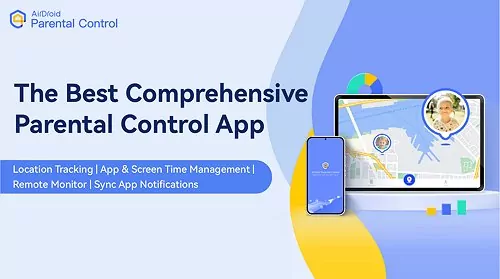
With AirDroid, parents may restrict their children's device use in several ways, including time spent on the screen and access to specific apps. Parents can check their kids' calls and text logs to see if there are any red flags, like bullying or questionable friends. You can also watch child's gadget from afar by doing things like screen mirroring or sync notifications.
Wrapping It up!
Anime has become a global phenomenon that has captured the hearts and minds of people of all ages and cultures. Its distinct visual style, diverse genres and themes, and well-developed characters have made it a popular form of entertainment worldwide.
While there are potential advantages to watching anime, such as exposure to new cultures and ideas and developing problem-solving skills, there are also disadvantages, such as addiction, time consumption, and inappropriate content. It is up to each individual to decide how much anime consumption is appropriate for them and ensure they watch age-appropriate content. Overall, anime's cultural impact and popularity are undeniable and will likely continue to grow.





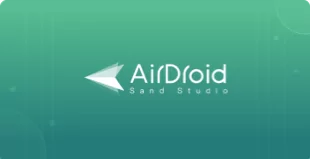






Leave a Reply.